How to Categorize Scrap Steel for Foundry Use?
Author: SAIVS Date Published: Jan 20,2025
Comprehensive Guide to scrap steel classification and Distinctions in the Foundry Industry
Understanding the classification and proper handling of scrap steel is essential for professionals in the foundry industry.
Scrap steel, a broad term for ferrous metal waste, encompasses a variety of types such as scrap iron, slag steel, oxidized scrap steel, and more.
Each category serves different purposes in production, and proper classification can significantly enhance efficiency and resource utilization.
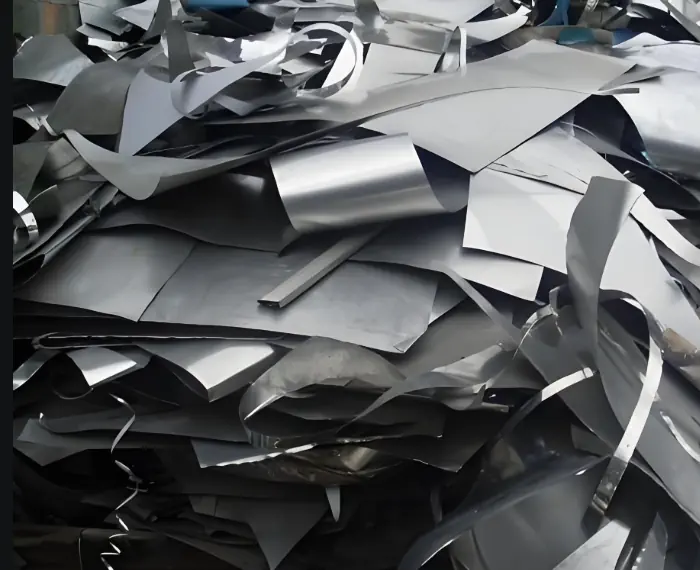
Categories and Classification of Scrap Steel
Carbon Steel Waste: This category includes various carbon steel wastes with specific dimensions—plate thickness over 2mm and wire diameter above 4mm. Examples are scrap steel, Steel Castings, and electromechanical parts. It's critical to avoid mixing with alloy wastes to maintain the integrity of the classification.
Alloy Steel Scrap: Similar in specifications to carbon steel scrap, this category includes alloy steel scraps, mechanical parts, and castings. Proper segregation based on steel grades is necessary to prevent contamination with carbon steel.
Light Materials: This includes thin plates, silicon steel sheets, iron drums, and steel wire ropes. These materials are used primarily for furnace steel production. Proper handling ensures they are suitable for the desired production process.
Scrap Iron and Steel: This category demands cleanliness, with no impurities, non-ferrous metals, or oxidation. It is crucial to separate carbon steel and alloy steel scraps for precise usage.
Other classifications include scrap gray iron, white iron, regenerated iron, fire-burned iron, malleable cast iron, and various grades of briquettes based on density. Each type requires specific handling and segregation to maximize efficiency in the steel production process.
Differences Between Ordinary Scrap Steel and stainless steel Scrap
Professionals must distinguish between ordinary scrap steel and stainless steel scrap due to their different properties and uses:
Toughness and Hardness: Ordinary scrap steel is soft and bendable, while chromium stainless steel is harder and resistant to breaking. Nickel-chromium stainless steel combines hardness with good toughness.
Oxidation Resistance: Ordinary scrap steel oxidizes and rusts easily, whereas chromium and nickel-chromium stainless steels resist rusting, with the latter offering superior corrosion resistance.
Color and Appearance: The visual distinction is evident; ordinary scrap steel is dark brown, while stainless steel scrap ranges from white to silver-white after pickling.
Magnetism: Ordinary scrap steel is magnetic, while nickel-chromium stainless steel is non-magnetic in its annealed state but may develop slight magnetism after cold processing. High manganese steels remain non-magnetic.
Gloss and Surface: Stainless steels have a brighter gloss compared to the duller appearance of oxidized ordinary scrap steel.
Practical Application
For foundry professionals, adhering to these classifications and understanding the specific properties of each type of scrap steel is pivotal for effective production planning.
Proper sorting and usage of scrap steel not only improve the quality of the end product but also enhance operational efficiency and resource management.
In summary, mastering the intricacies of scrap steel classification and the differences between ordinary and stainless steel scraps can lead to more informed decisions in production, ultimately benefiting the overall output and quality of the foundry industry.
Why Choose SAIVS™ as Your Supplier?
1.Superb Quality Control Management
At SAIVS, we take pride in our perfect quality management systems and procedures, which guarantees the excellent performance of all our producs, being a professional Investment Casting | Die Casting| Sand Castingmanufacturer in China.
2.Rich Production Experience
With 20 years of experience in production, SAIVS has a deep understanding of the market and trends, and strives for continuous research and innovation. This has created advantages in both the product's performance and appearance.
3.Competitive Prices
As a Chinese factory committed to becoming the most cost-effective Investment Casting | Die Casting| Sand Castingexporter in China, SAIVS provides high-quality products at advantageous prices. By lowering costs and increasing efficiency, we ensure that our customers receive the best possible value for their investment.
4.Perfect After-sales Service
At SAIVS, we strive to provide superior customer service that meets and exceeds expectations. We are always available for any questions or concerns you may have, and we stand by our commitment to providing excellent after-sales support.
Related Posts
-
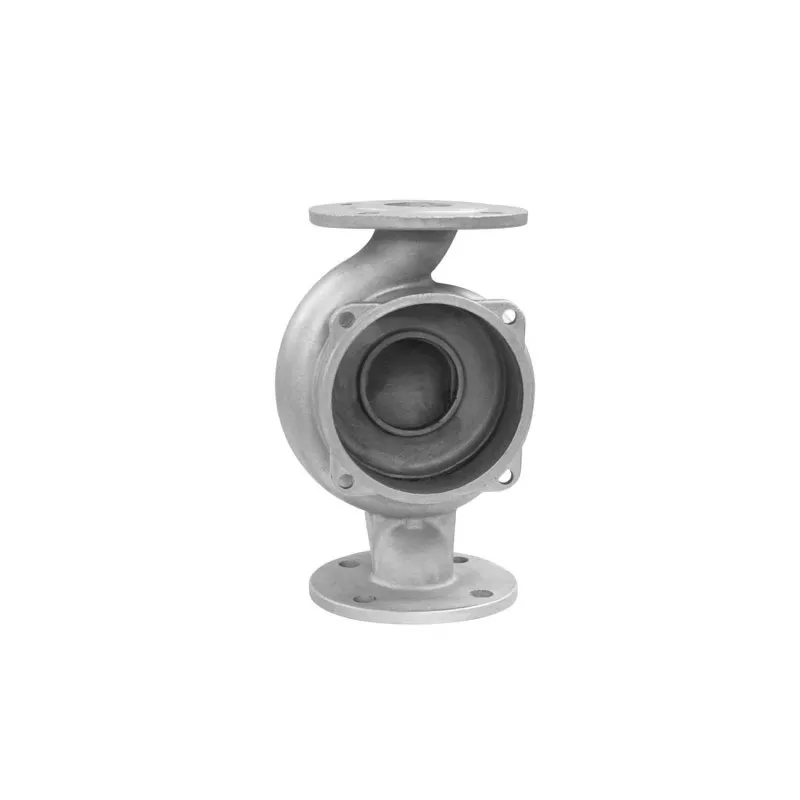
Infiltration, shaping, and repair of die-casting parts
1. Infiltration of die-casting partsInfiltration treatment is the process of immersing a die casting into a infiltration solution with infiltration and filling ...
-
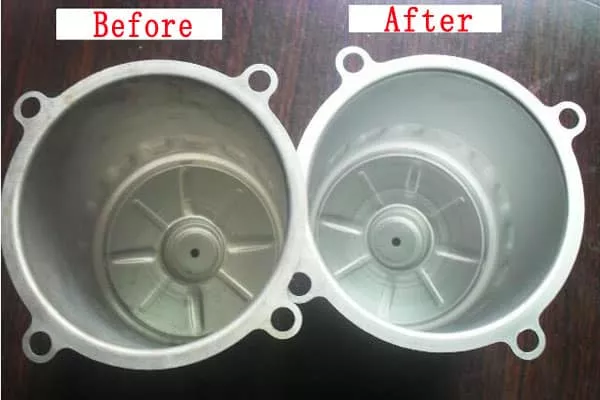
What is the difference between pickling and passivation?
What is the difference between pickling and passivation? Stainless steel castings will have a black scale during processing. In order to improve the appearance ...
-
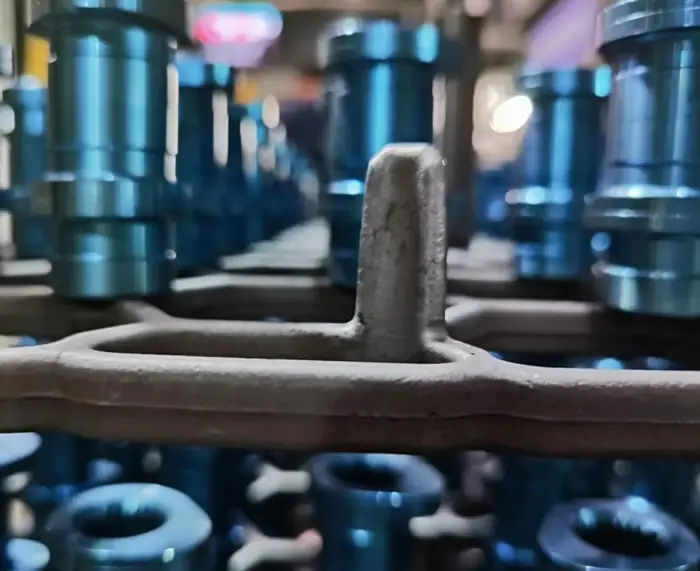
How Vacuum Prevents Oxidation in Steel Heating
Introduction:Vacuum furnaces are specialized equipment used in heating processes that take place under low-pressure environments. The unique feature of a v
-
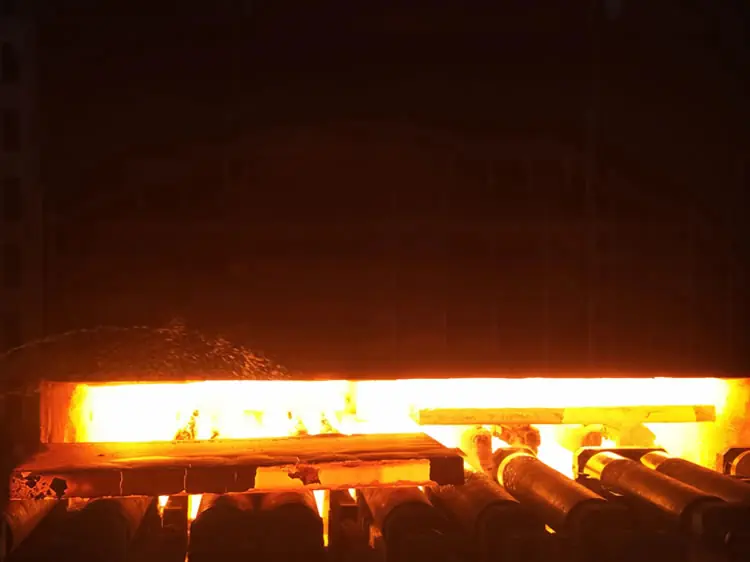
How to reduce the content of hydrogen, oxygen and nitrogen in steel
Minimizing Hydrogen, Oxygen, and Nitrogen Content in Steel: A Comprehensive GuideThe production of high-quality steel necessitates stringent control over t
-
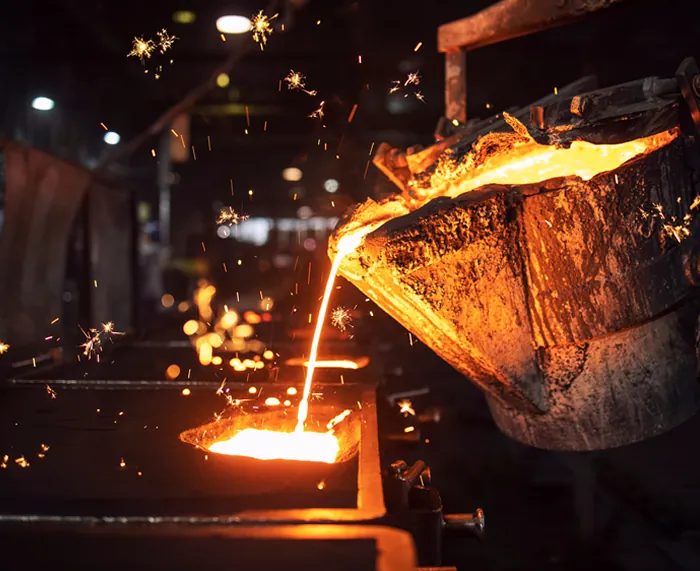
Die Casting Temperature Control: Improve Casting Quality and Production Efficiency
Die casting mold temperature affects casting quality and productivity. Learn how to control temperature for optimal casting.
-
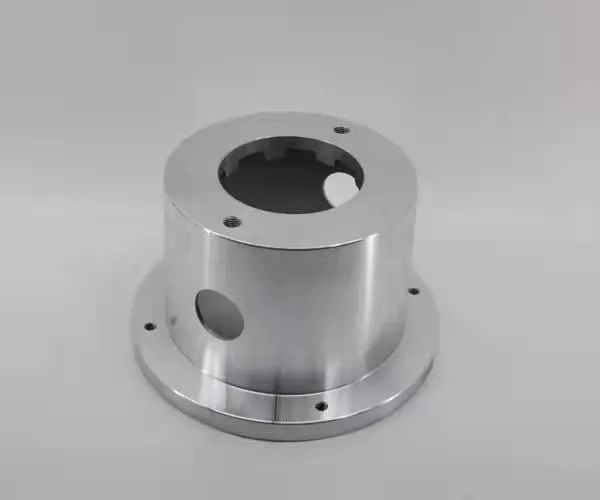
What Are the Key Concerns for Aluminium Gravity Casting?
Aluminium Gravity Casting: What Parameters and Information People Are Concerned About?Aluminium gravity casting is a widely used process in the manufacturing in...

